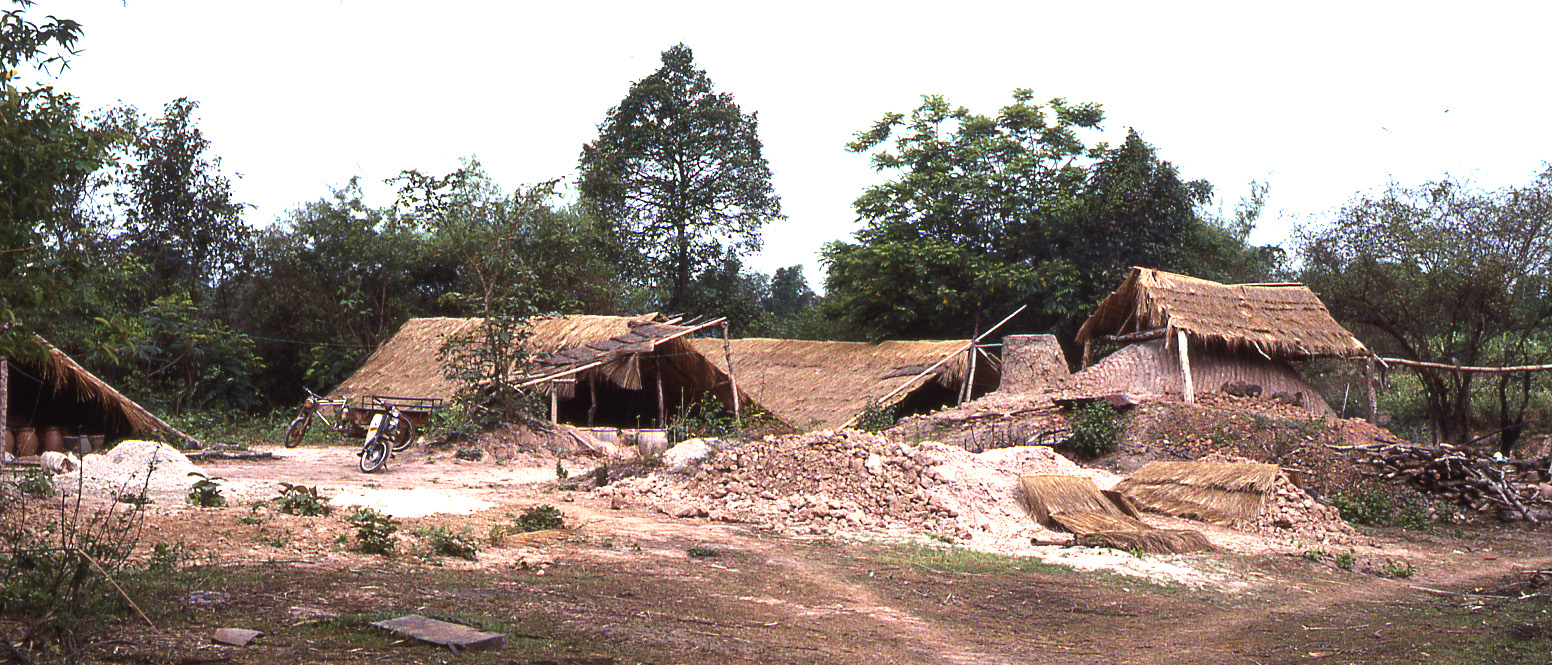
Muslims hold copies of the Qur’an in the highest esteem, as they consider the text to be the Word of God revealed to the Prophet Muhammad. Since the late seventh century, the text of the Qur’an has been carefully transcribed and decorated, first on parchment and later on paper. Many manuscripts became prized possessions of wealthy and educated elites throughout the Islamic world.
Decades or even centuries after copies of the Qur’an were created in cities such as Herat, Baghdad, and Cairo, Ottoman sultans, queens, and viziers acquired some of the most precious ones. These volumes were treasured in private libraries and given as gifts and rewards. Most frequently, they were donated to religious institutions to be read, recited and studied. Inscriptions, notes, and repairs provide snapshots of the manuscripts’ histories—including their long-distance travels before the early twentieth century, when they finally settled in Istanbul’s Museum of Turkish and Islamic Arts.